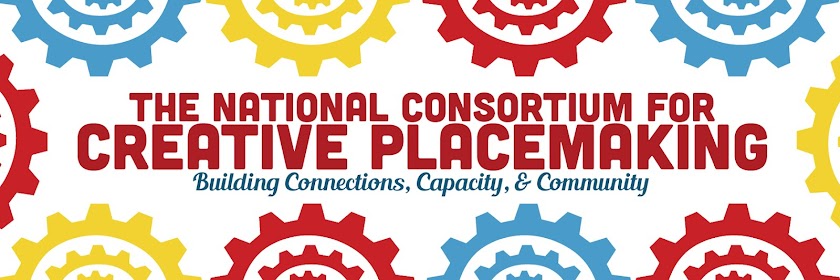As our friends in Texas and the Southeast work through the aftermath of Hurricanes Harvey and Irma, it may seem an odd time to think about the arts. But the arts can help hard-hit communities with their local economies and prepare for the next natural disaster.
Creative industries can be among the first to bounce back, as Mt. Auburn Associates found in their study of Louisiana after Katrina. Researchers found that the cultural economy in Louisiana grew faster than the overall economy in the state between 2005 and 2007. Actors, musicians, painters, and other artists tend to be mobile, and can often practice their crafts in a variety of locations. So they don’t need a factory or big office building to come back online to work.
The arts can also help us recover emotionally. After Superstorm Sandy in New Jersey, several foundations created the New Jersey Recovery Fund, which gave millions of dollars for art projects to help people recover from the damage. All of them were interesting and useful. Some of the more remarkable ones included In the Eye of the Storm, a ballet co-created by choreographers and residents of Atlantic City, NJ. It was produced by the Atlantic City Ballet. Another was Table Talk, a community building effort in Asbury Park, NJ
Many communities have dealt with tragedies with murals, concerts, and art-making activities. But it’s more about the people and the process than the product. After Sandy, the Tilt-Up Concrete Association wanted to honor the victims of Sandy with a concrete memorial. They put up the work in Highlands NJ without engaging the community. It didn’t go well. The monument, dubbed ‘Shorehenge’, was torn down earlier this year. It’s not missed.
After people have had time to recover, it’s important to think about how to minimize problems from future disasters. Our partner, South Arts, offers Arts Ready to help arts organizations protect their community and cultural assets.
The City of Perth Amboy, NJ, sitting on the shores of two rivers, was hit hard by Superstorm Sandy. But too many residents are disconnected from their waterfront. This is a problem for resiliency. If the public doesn’t have strong feelings about its waterfront, future officials might allow development there that could cause more expensive and more life-threatening damage to city residents. As part of the New Jersey Recovery Fund program, NCCP helped the City with a creative placemaking plan that calls for a sculpture walk and environmentally friendly arts activities along the waterfront. By encouraging residents to connect with the waterfront, they are more likely to want to protect it from overdevelopment. This will help keep a natural buffer between the river and the denser neighborhoods nearby.
Creative placemakers can do a lot to help communities deal with natural disasters. To be effective, they need to build trusting relationships with decisionmakers. This has to be done well before the next disaster, when officials will be extremely busy. We can’t predict when the next hurricane, flood, earthquake, tornado or other natural disaster will hit. But we know that if it happened once, it can happen again – and sooner than we think.

No comments:
Post a Comment